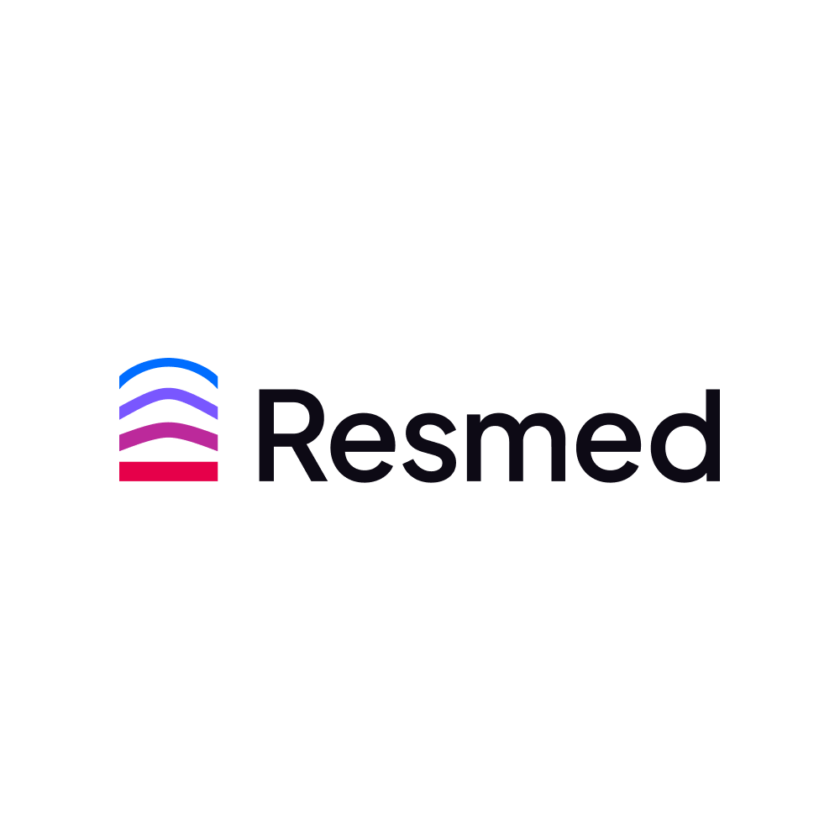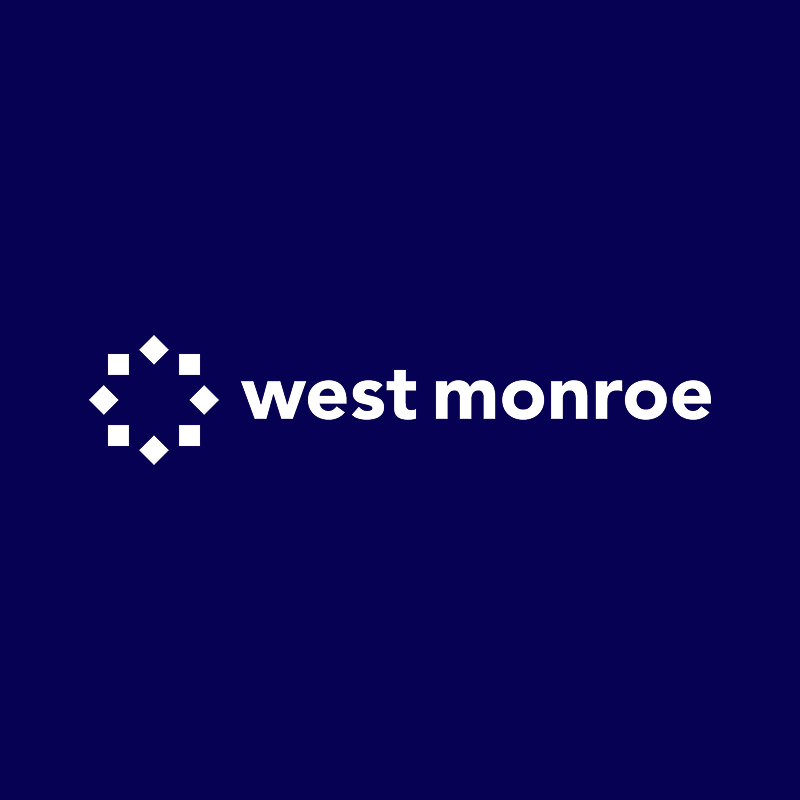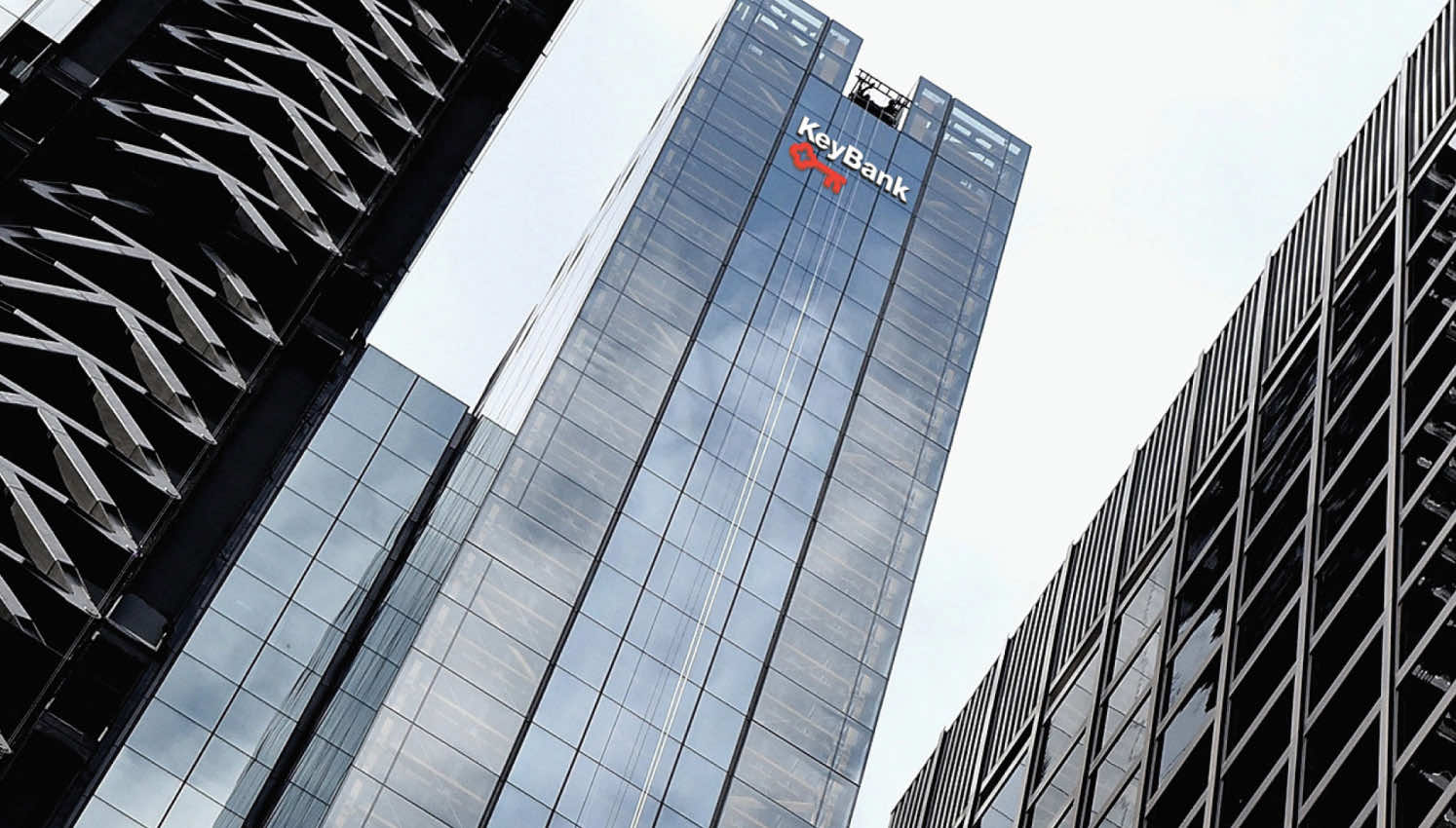
KeyBank
Following a major acquisition, the bank converts more than 400 sites at warp speed.
Strengthening through expansion
When Cleveland-based KeyBank acquired First Niagara Bank, it became the 13th largest U.S. commercial bank, adding $39 billion in assets and increasing its retail footprint by more than 30 percent to over 1,200 branches across 16 states from coast to coast.
In addition to its large scale, the exterior sign design and conversion program had a tight timeline. It required whittling a project that would typically take 18 months down to a mere 11.
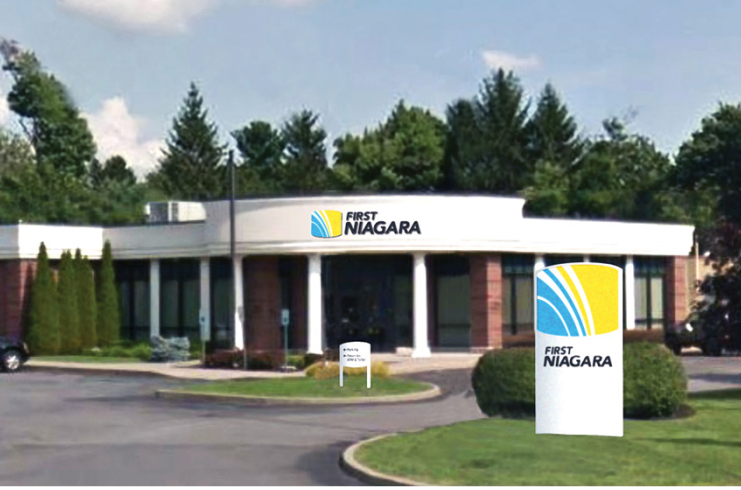
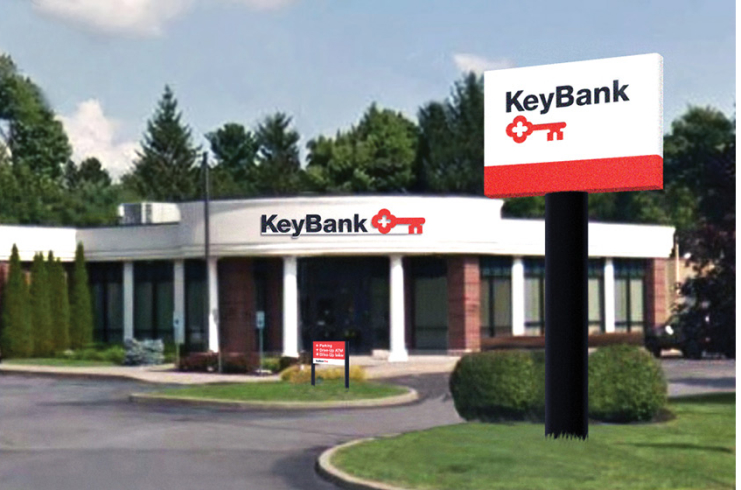
More signage equals more media
This conversion began as a “like for like” program—meaning if a First Niagara location had an 18-foot pylon sign, an 18-foot pylon sign would replace it. But before long, the team recognized an opportunity to boost KeyBank’s brand presence by maximizing sign square footage.
Environmental assets like branch signage reach a large audience—in big cities, signs can easily generate hundreds of thousands of impressions each day. This knowledge led to a pivot in strategy: increasing signage sizing to maximize code allowances, to amplify awareness-building potential. The pivot tested the team’s agility as they modified recommendations, revisited municipal codes and sought new landlord approvals—making an already tight timeline even more ambitious.
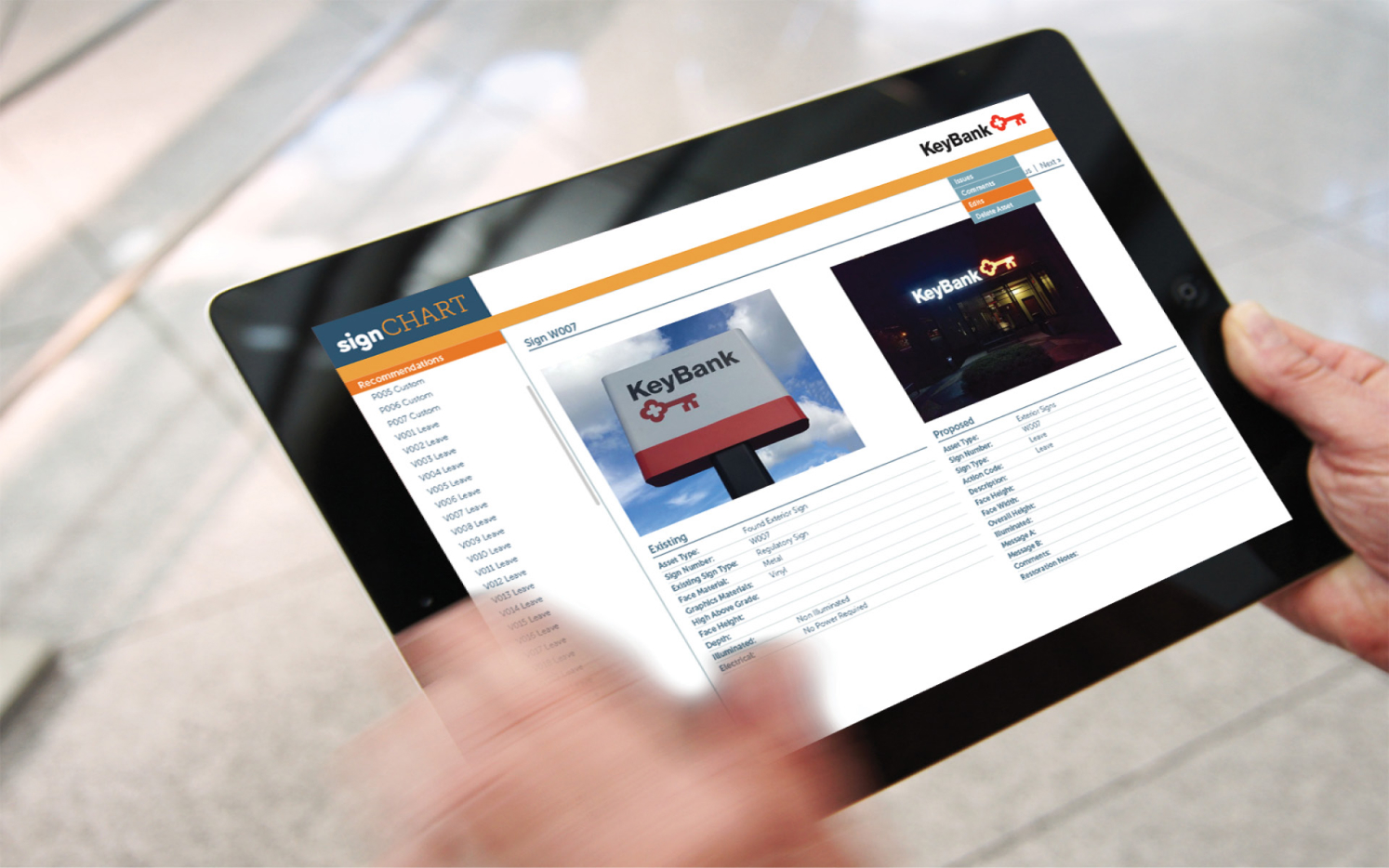
"Think of signage and other environmental assets as owned media, playing the same role as a billboard with the potential to build awareness and influence perceptions."
Measure twice, cut once
Extensive prototyping prior to production ensured each manufacturer built the same lot of signs to exact specifications. Regular calls with vendors and KeyBank leadership, as well as detailed recordkeeping in Monigle’s proprietary interactive project management software SignChart®, kept budgets, schedules and deliverables on track.
A fast-approaching conversion period meant putting signs into production before obtaining all of the necessary permits and approvals. Tiering production according to quantity and permits—producing high-quantity signs for largely permitted locations first—minimized risk of excess inventory. As a result, there was a minimum of surplus signs—all of which were standard versions KeyBank could pull into use later, and store through a custom inventory process.
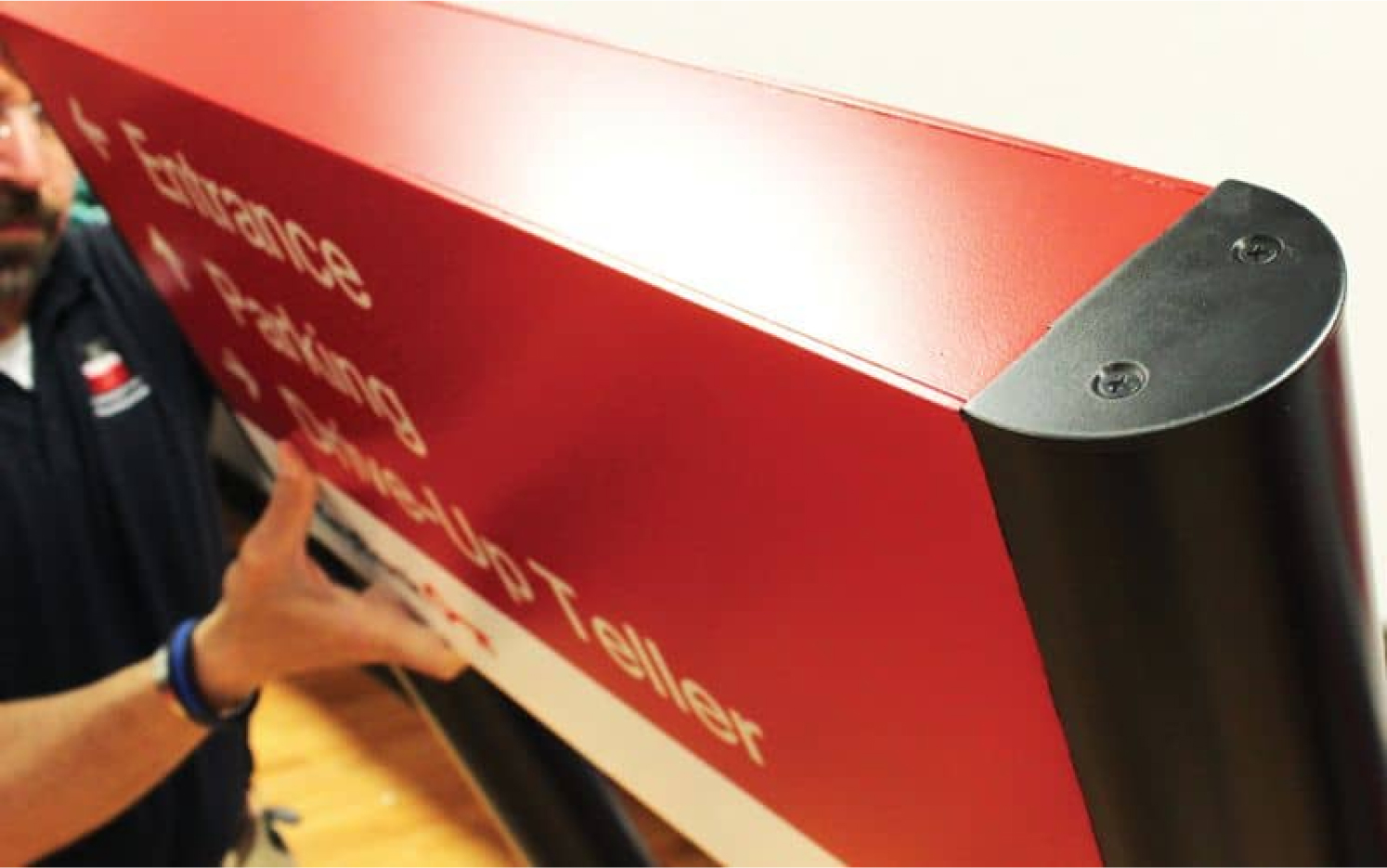
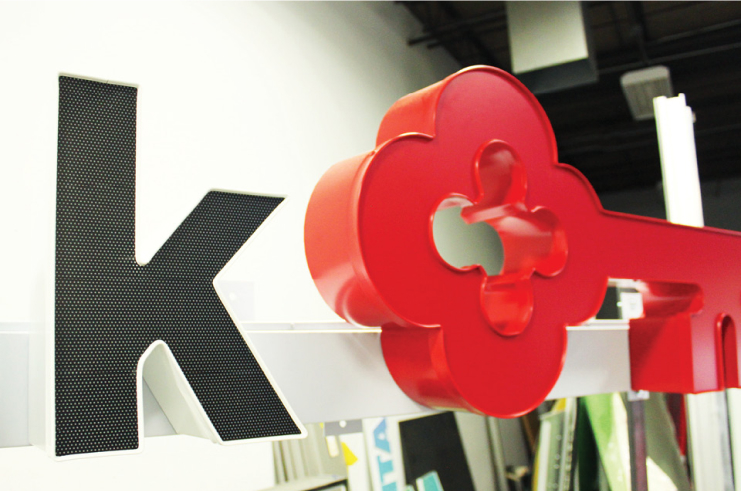
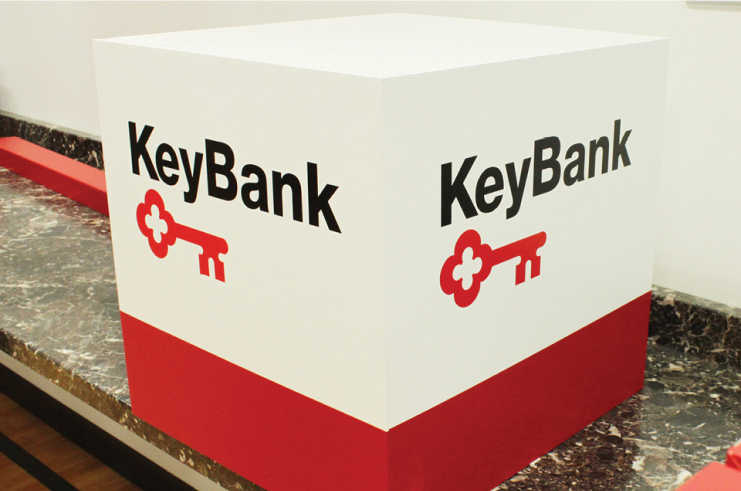
KeyBank’s ascendancy to a national banking presence is largely a result of its acquisition strategy—a critical component of which is expertly executing and scaling its environmental branding program.
Execution unlocks value
Manufacturers typically convert 12 to 14 sites per week during a conversion program. KeyBank’s 10-week conversion period of 341 branches and 63 remote ATMs accelerated this rate threefold, to 40-plus sites per week—one of the most aggressive conversion projects to date.
KeyBank’s ascendancy to a national banking presence is largely a result of its acquisition strategy—a critical component of which is expertly executing and scaling its environmental branding program.
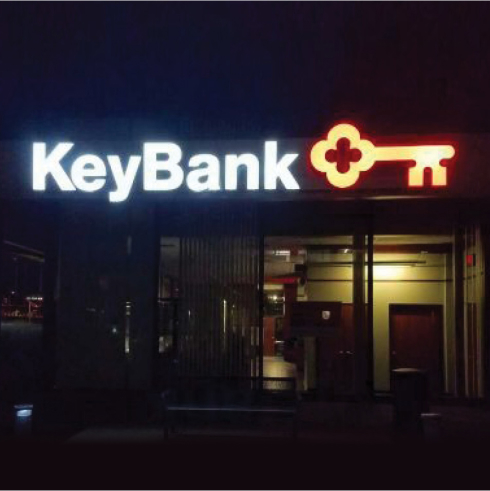
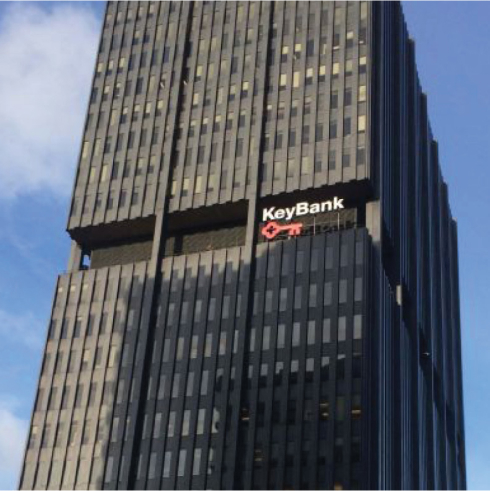
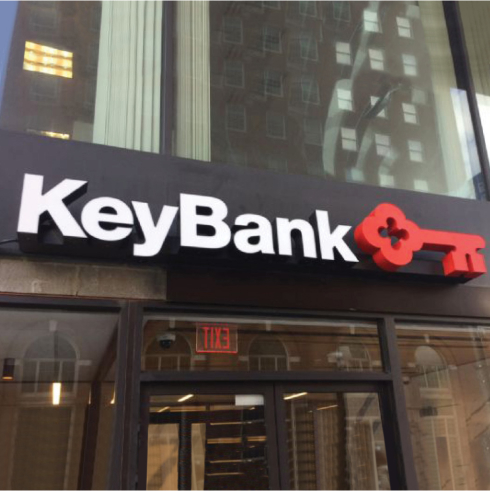
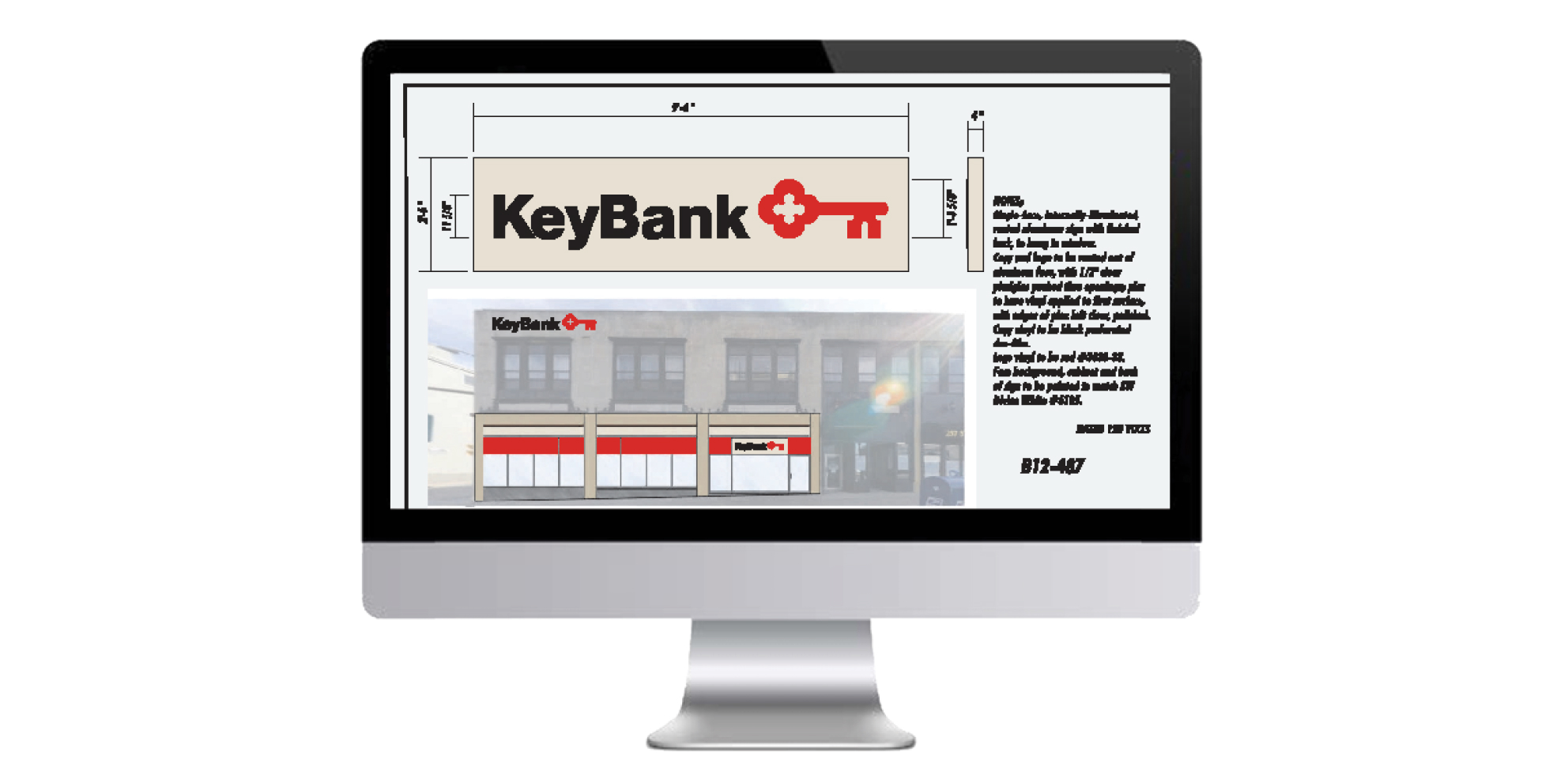
$134.5 billion dollars
assets owned by KeyBank
12,000 branches
KeyBank has expanded its retail footprint by more than 30 percent, with locations in 16 states from coast to coast.
4,869 converted sign assets
Thousands of signs across hundreds of locations means millions of visual impressions per day.
3x faster
KeyBank’s timeline required a conversion rate that eclipsed the industry norm — from 12 to 14 locations per week to 40-plus.

